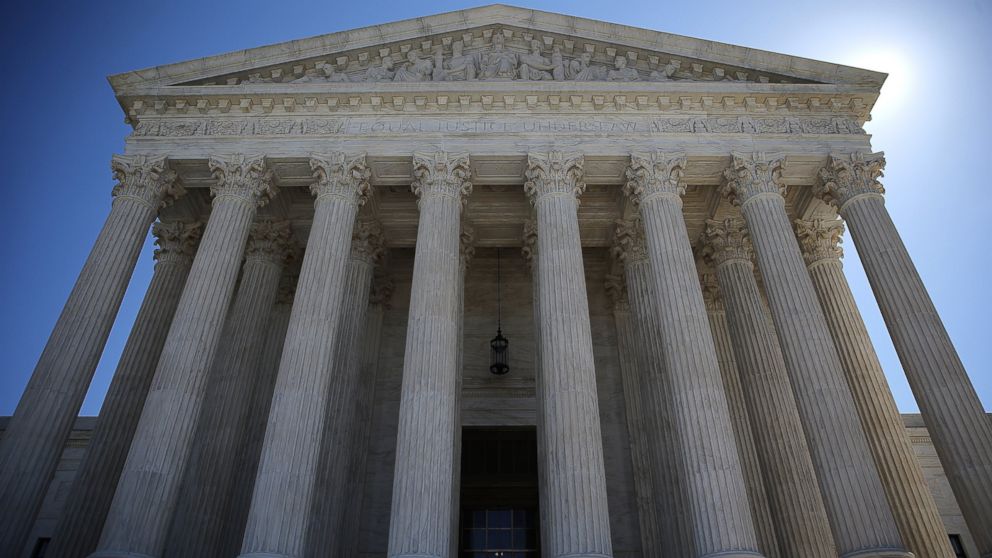How Former Justice Scalia's Empty Supreme Court Seat Is Impacting Major Decisions
The vacancy has led to countless hours of wasted energy, one legal expert said.

— -- The vacancy on the Supreme Court has led to countless hours of wasted energy and potentially thousands of dollars in legal fees, according to one legal scholar.
The late Justice Antonin Scalia's spot has yet to be filled since his death on Feb. 13. With only eight justices on the bench, cases may not be heard or others will be sent back to the lower courts if there is a tie vote.
There has been at least one split decision in the past few months. Georgetown University Law Professor Susan Bloch told ABC News that such a situation is “a total waste of time.”
When decisions are reverted back to the circuit court decision, "all the time the justices have spent considering and debating the case is for naught. It’s very was very wasteful.”
"[Those cases] have many hours of lawyer time and lawyer time is expensive,” she said, estimating that such work regularly means “multiple thousands of dollars in billable hours.”
Bloch pointed out that the justices may hold off on hearing a case if they believe a deadlock will occur.
"They're going to be less likely to take cases going forward,” Bloch explained.
The justices can decide to agree unanimously on some parts of a case but direct other parts of the case to the circuit court.
Dan Abrams, ABC News’ chief legal analyst, said that situations like that mean “they agreed on certain issues but didn’t address the most controversial issue on how districts can be drawn.”
Abrams cited the court's 8-0 decision on voting rights which left the question of how states can draw their district boundaries unanswered.
"Suddenly, in some of the most divisive cases, the circuit courts have much more power,” Abrams said.
One issue that arises when the Supreme Court returns a case to a lower court: the ruling only applies to that particular circuit and not neighboring circuits.
"That happens already in that states have different laws state to state. What you try to avoid is states are applying and interpreting the Constitution in different ways,” Abrams said.
"People who aren’t in the legal system sometimes forget how important the circuit courts have always been. They are the ones doing most of the constitutional interpretation but on the most controversial of cases, the Supreme Court will then weigh in," he added.
The Supreme Court will remain in a holding pattern until the ninth justice is confirmed. President Obama nominated Merrick Garland on March 17 but Senate Republicans are refusing to hold confirmation hearings, arguing that the seat should be filled by whoever wins the presidential election in November.



